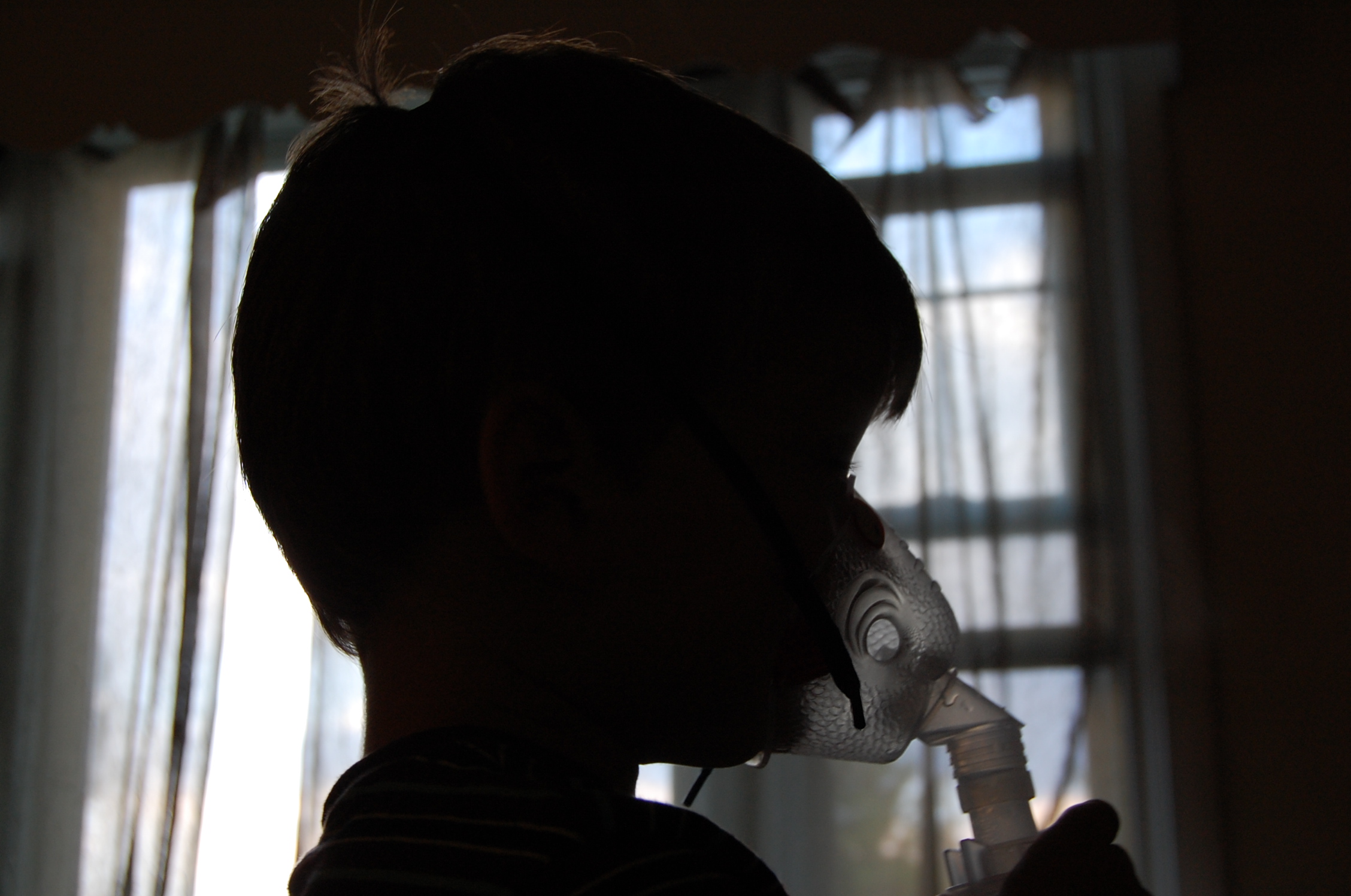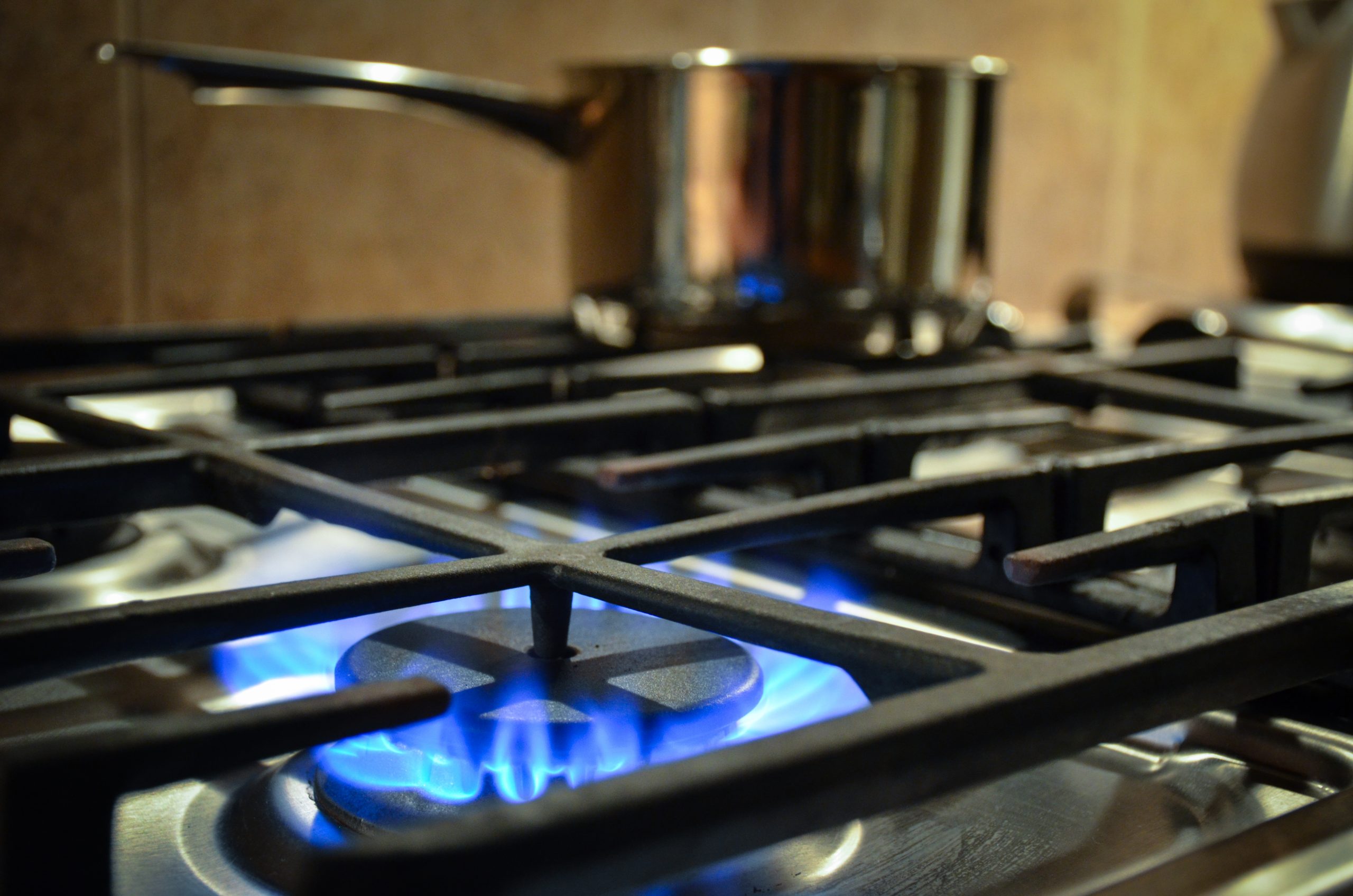
An emergency room visit for an asthma crisis is always stressful. Advice from doctors and healthcare workers on managing the asthma may create more stress – simple and cheap measures such as careful housecleaning are often in place already, but additional steps, such as replacing old carpeting or gas-burning heating units, can be financially or logistically problematic. Patients and caregivers may be faced with the choice of spending funds they can’t spare, or making return trips to the emergency room – possibly over and over. A new program, Bay Area Healthy Homes Initiative (BAHHI), hopes to break that cycle for some residents of Alameda and Contra Costa counties.
The initiative is a pilot program funded by the Bay Area Air Quality Management District through a $2 million grant from the California Attorney General’s office, utilizing funds from the Volkswagen Environmental Mitigation Trust. Dr. Idania Zamora, who coordinates the BAHHI program at the Air District, stressed that all of the grant funds go to initiative partners, not to the Air District, which is contributing its staff time. She defines the goal as “reducing the cumulative air pollution that clients experience.”
BAHHI will build on the Contra Costa County Asthma Initiative that began in 2017 and will add partners and participants in Alameda County. Clients in both counties will receive home visits and assistance with reducing indoor air pollution and asthma triggers, including energy-efficient retrofits which also cut household costs. Zamora has been convening the partners for discussions around sharing data, recruiting clients, referrals to other partners, and persuading wary landlords to participate.
Targeted households are those with patients with severe asthma, located in overburdened communities — as defined by the CalEnviroScreen tool — and also within 1000 feet of a major transportation source such as a freeway, port or railroad. As Zamora explained, “The plan is to serve two sets of clients, approximately 100 asthma patients, and also approximately 1000 residents in the overburdened areas who may benefit peripherally from the household changes. Some household members may have asthma, but not enough to qualify for the program themselves — but they can receive some protection through the household changes and that may prevent their asthma from becoming more severe.” A map on the BAHHI website makes it easy to determine the geographic boundaries for eligible households.

Some targeted households are within 1000 feet of major transportation infrastructure. Photo by Ingmar Zahorsky.
The Contra Costa Asthma Initiative was created to match vulnerable asthma patients with weatherization programs to improve heat resiliency and reduce asthma triggers. Partners now include the Bay Area Regional Energy Network (BayREN), for rebates on new home appliances, the federally-funded Low Income Home Energy Assistance Program and MCE for free weatherization and energy-efficient upgrades, and the Association for Energy Affordability (AEA) for energy efficient retrofits.
In Alameda County, StopWaste is the lead organization conducting outreach to residents, partnering with a BayREN program, Bay Area Multifamily Building Enhancement, which works on improving energy efficiency in multifamily housing. Other partners include AEA and Alameda County’s Asthma Start Program, a free portal for parents and guardians of children with asthma.
Zamora said that the pilot project “will be a learning experience”, and the Air District is hoping to expand the program beyond the two East Bay counties. In a September 2022 Air District webinar encouraging the creation of innovative partnerships like BAHHI, Michael Kent from the Contra Costa Health Department described how his program grew as clients presented problems that couldn’t be covered by the existing participants. As an example, Amy Dryden from AEA stressed her organization’s ability to find and work with contractors, but also noted that fixes for some asthma triggers aren’t addressed by energy efficiency measures. Kent’s advice to other agencies was to “do one step, do it well, then move on to add next steps or partners.”

BAHHI helps households pay for air-quality-minded alternatives to gas-fired stovetops. Photo by Oregon State University.
The Air District previously provided funds to Contra Costa to evaluate indoor air quality as clients made changes in the household such as using new cleaning products or replacing appliances. Monitors were checked for levels of volatile organic compounds, carbon monoxide and particulate matter before and after changes were made. About 20 percent of homes in the BAHHI program will be similarly monitored, adding more pollutants, such as formaldehyde. Zamora was particularly interested in evaluating the cost-effectiveness, because “we are putting lots of money in one household”; metrics will include reductions in hospital visits and other avoided costs.
Outreach materials will be sent out in January to begin recruiting clients for BAHHI. Zamora suggested that anyone interested in participating should check the maps for residents or asthma patients on the Air District website, then use the contact information on those pages to follow up with BAHHI partners.
Top Photo: Silhouette of Asthma, by KristyFaith

